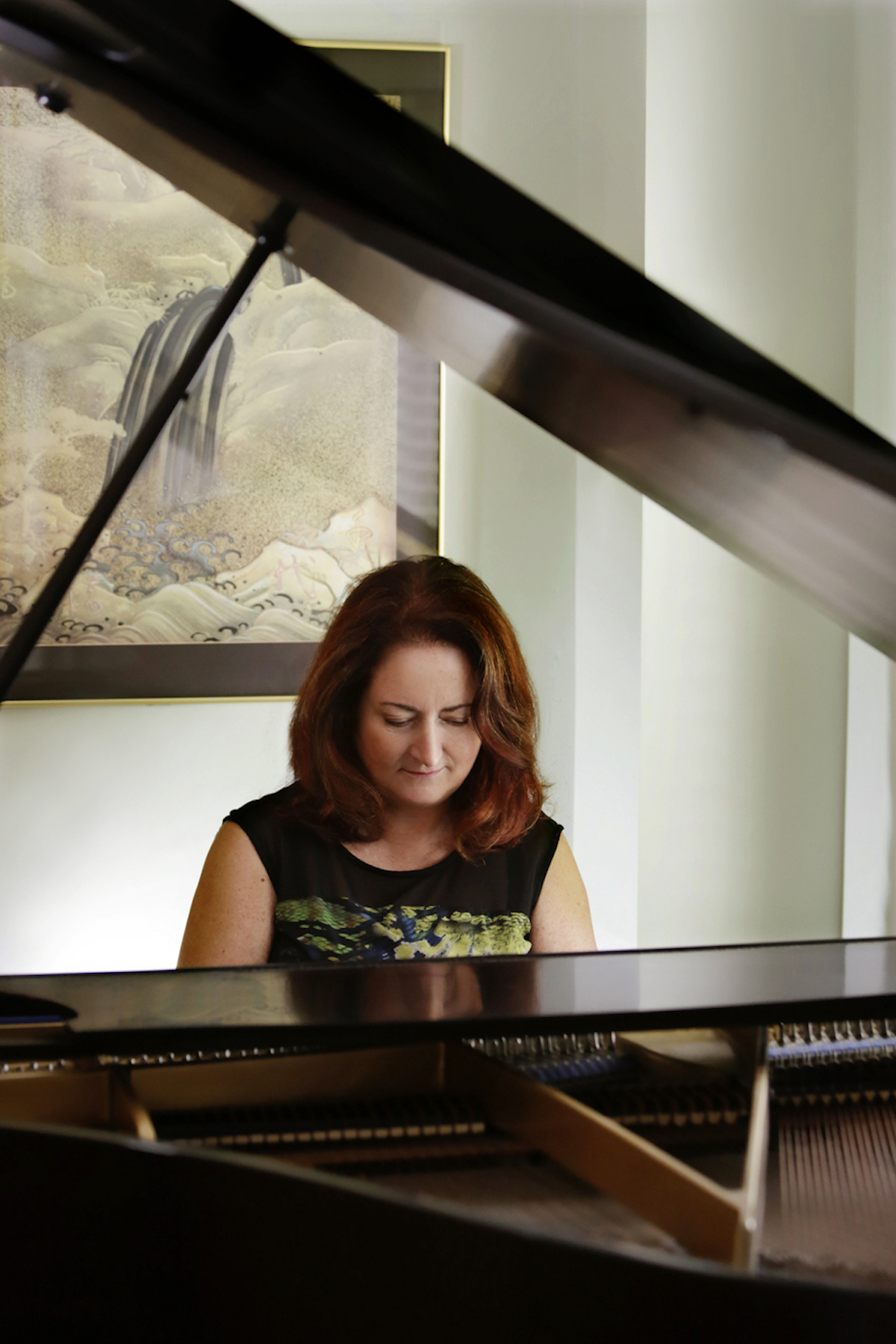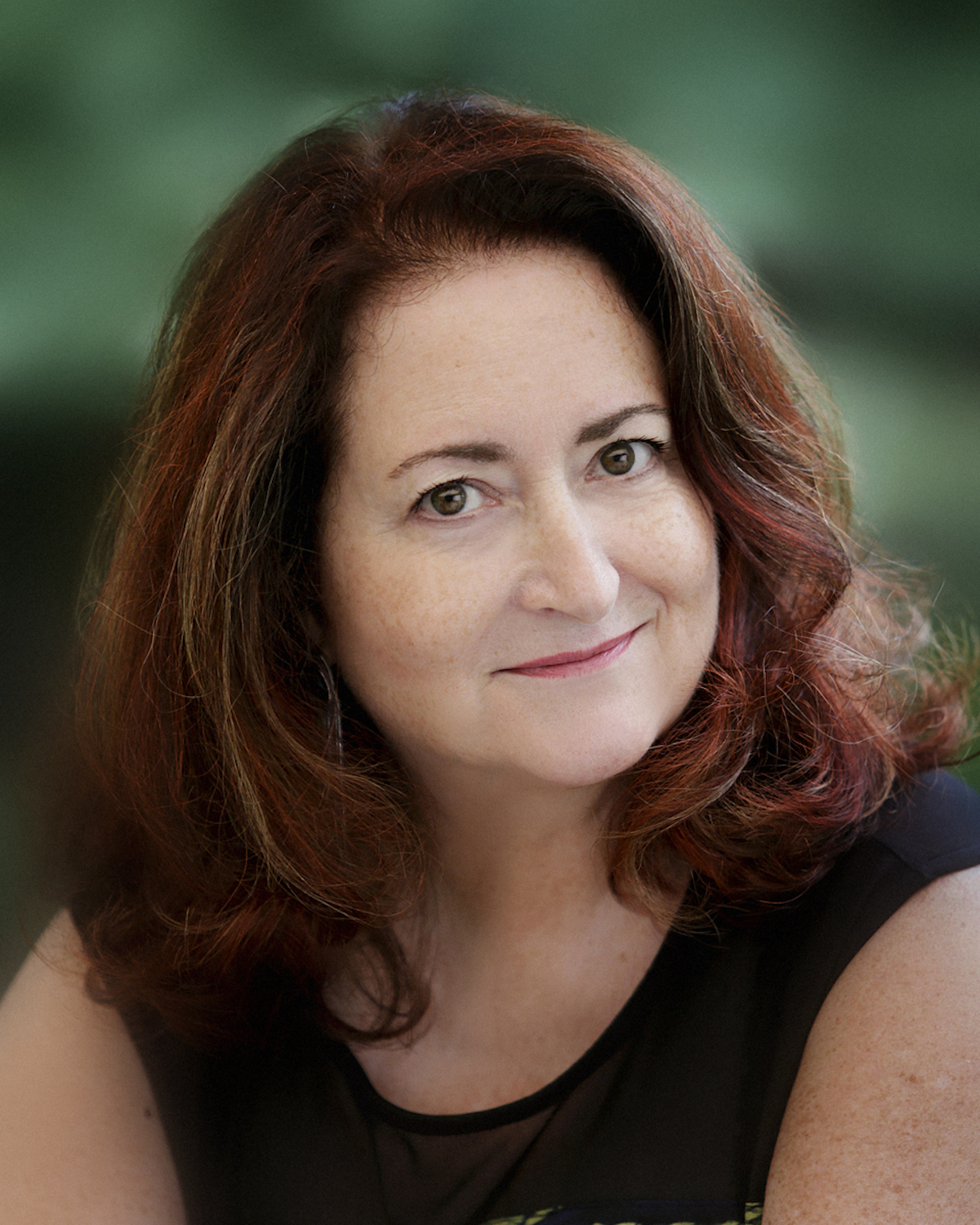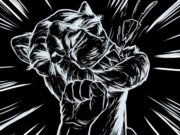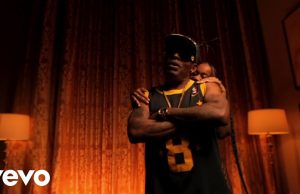Huguette Lavigne takes you for a jazzy improvisational ride on her new instrumental Piano Retro — showcasing today on Tinnitist.
The Ottawa pianist calls this new release from her latest album Five O’Clock Somewhere “old-school piano jazz … An easygoing, smooth-flowing, just plain cool jazzy piece and good for the soul.”
If the track puts you in mind of an old-time jazz player, no wonder: That’s how Lavigne imagines it too. “Some guy sits down in a smoky room at a large black grand and plays around with jazzy swirls, runs and melodic twists,” she describes. “He doesn’t take it too seriously, and it all ends with his notes slipping down a long glissando and the bubbles on his brain disappear.”
With the song’s sly, intriguing flourishes and free-flowing form, one can imagine Lavigne’s own whimsical smile as she allowed her muse to guide her for this piece. Following her instincts and colouring outside the lines are how Lavigne has composed all of the 40-plus pieces on her five albums.
“There is something about breaking the rules that can be terribly satisfying,” she notes. “My fingers sometimes go where they want to on the keyboard and at times I sort of have to take them back home or rein them in.”

The improvisational jazz of Piano Retro is just one piece of Five O’Clock Somewhere’s sonically diverse puzzle. From Requiem’s sombre ode to our current global pandemic to the playful, fun movement of As It Goes to the slow, summery drift of of Aux Airs De L’eau, the nine songs vary greatly in theme. They’re perhaps an extension of Lavigne’s Franco Ontarian, Québecois, and English Canadian upbringing and her wide ranging musical influences.
“There has always been something alluring about the pieces I studied, loved and discovered over the years,” recalls Lavigne. “They are valuable, inspired specimens of the universal landscape we have all inherited and that we live in today. The fabric of that music inspires me to this day.”
It’s safe to say that no two of Huguette Lavigne’s performances would be exactly the same. You wouldn’t see sheet music or traditional charts as Lavigne relies instead on shorthand of her own to facilitate recall for performances. Finished compositions are eventually stored entirely in her head and fingers and once they’re recorded, Lavigne moves on to creating the next piece.
“Somehow and unexpectedly, a style, theme, mood, emotion or vision is released from the deep recesses of memory,” she explains. “It’s a place where the subjective is stored and it surprises me when it lets something loose. Then, I either capture it or let it go.”
Enjoy Piano Retro above, hear more from Huguette Lavigne below, and find out more at her website, Twitter, Facebook and TikTok.









































